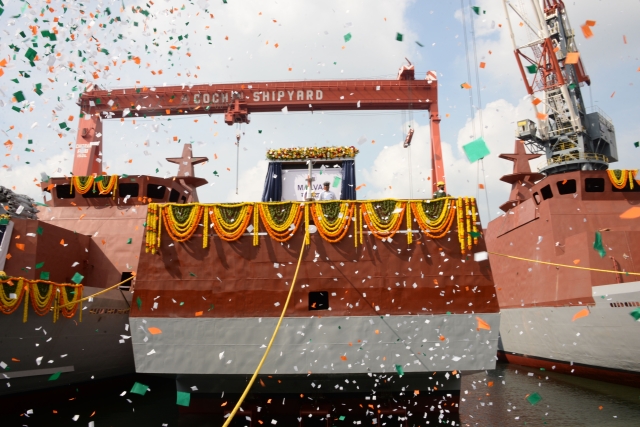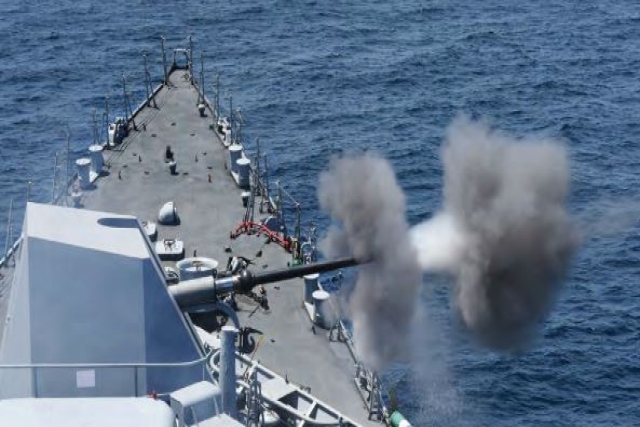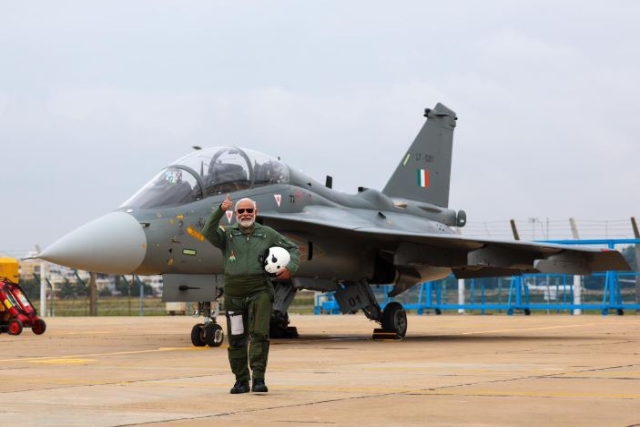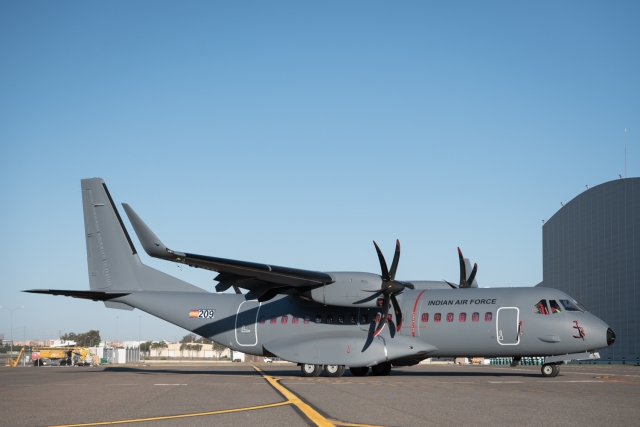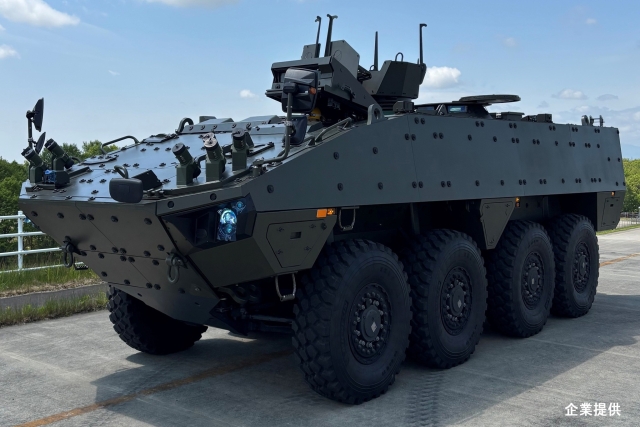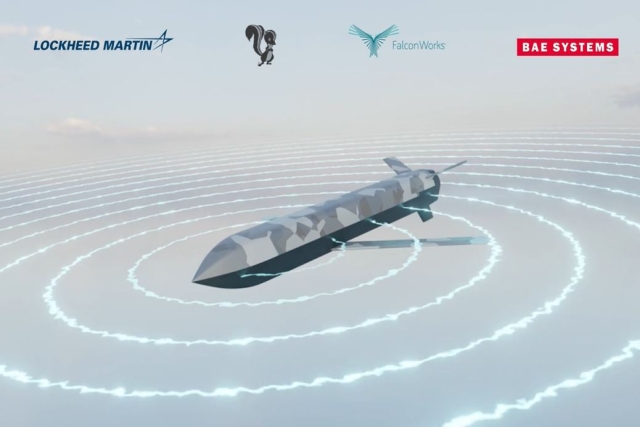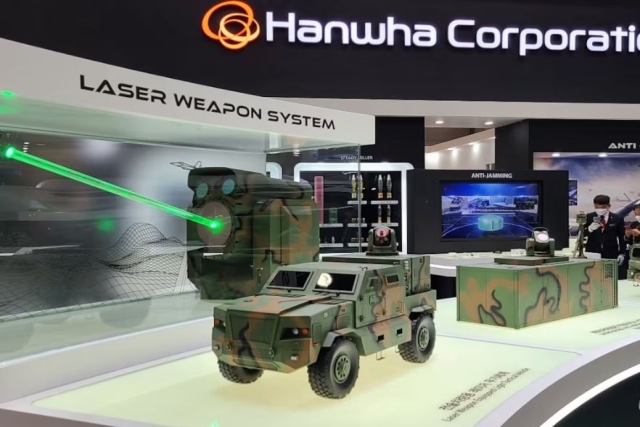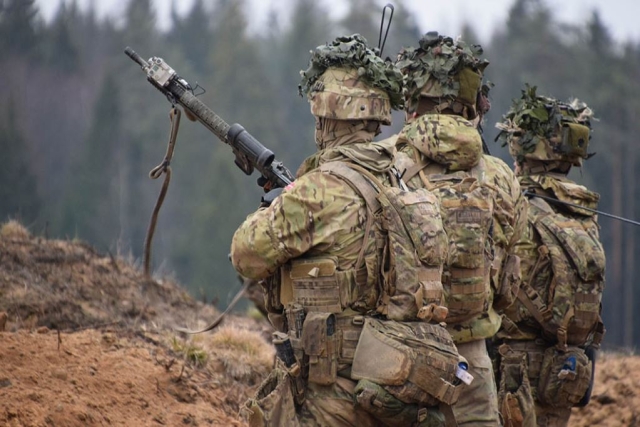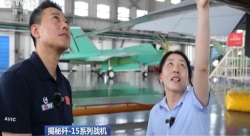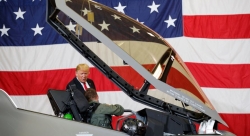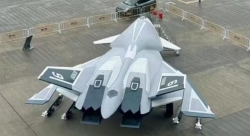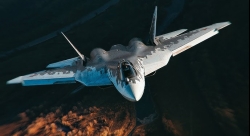India’s Defence Acquisition Council OKs $26.74B Acquisition Proposals, Including Historic Tejas Fighter Aircraft Deal
$7B Tejas deal set to become the country’s largest-ever fighter contract
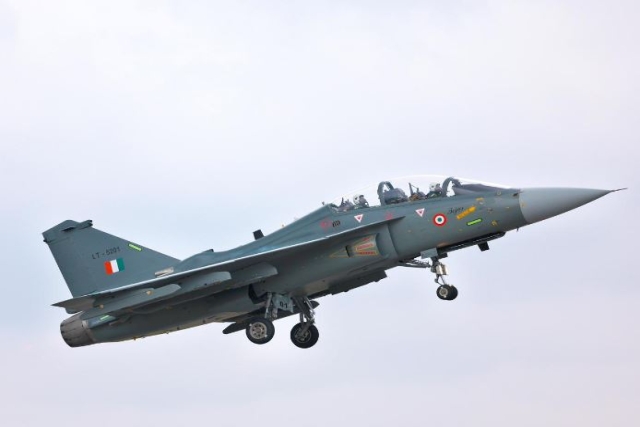
The Defence Acquisition Council (DAC) on Thursday approved the Acceptance of Necessity (AoNs) for Capital Acquisition Proposals totaling INR 2.23 lakh crore ($26.74 billion), covering the procurement of indigenous military equipment, including LCA Tejas combat jets.
Notably, 98% of this sum will be sourced from domestic industries, emphasizing a push towards self-reliance. The approved AoNs encompass crucial acquisitions for the Indian Army, such as Anti-tank Munitions, Towed Gun System, and 155 mm Nubless projectiles, all falling under the Buy (Indian-IDDM) category. These procurements aim to enhance the army's capabilities and replace outdated equipment.
Additionally, approvals were granted for the integration of Automatic Target Tracker (ATT) and Digital Basaltic Computer (DBC) for T-90 Tanks, procurement of Medium Range Anti-Ship Missiles (MRAShM) for the Indian Navy. Upgradation of Su-30MKI Aircraft from Hindustan Aeronautics Limited (HAL) was also given the go-ahead.
To bolster the indigenous defense industry, the DAC approved a major amendment in the Defence Acquisition Procedure (DAP) 2020, mandating a minimum of 50% indigenous content in all procurement cases. The move aims to reduce dependence on foreign Original Equipment Manufacturers (OEMs) and encourage start-ups/MSMEs participation in the defense ecosystem.
Furthermore, the DAC's historic decision to procure an additional batch of 97 Tejas light combat aircraft (LCA) for INR 650 billion ($7 billion) makes it the largest-ever fighter aircraft deal in the country. The DAC also approved the procurement of around 150 Light Combat Helicopters (LCH) 'Prachand'.
“We already had 40 LCAs of the original IOC and FOC version. So with this, in the long run, the strength of the Indian Air Force will grow to 220 LCA mark 1As, which will equip almost ten squadrons of the Air Force,” Chief of Air Staff Air Chief Marshal VR Chaudhari commented.
While contract negotiations will follow DAC approval, the final induction into the military may take several years, underlining the complexity of the defense procurement process.

